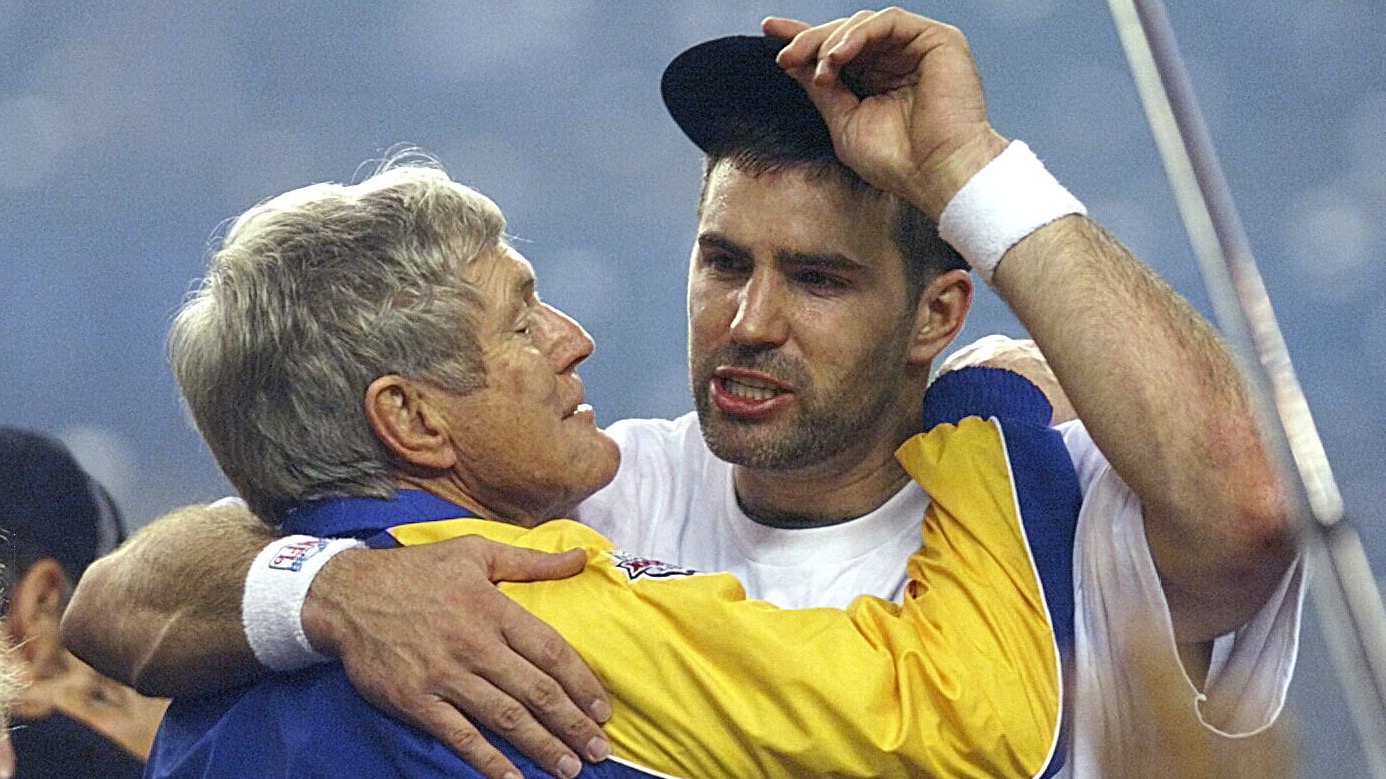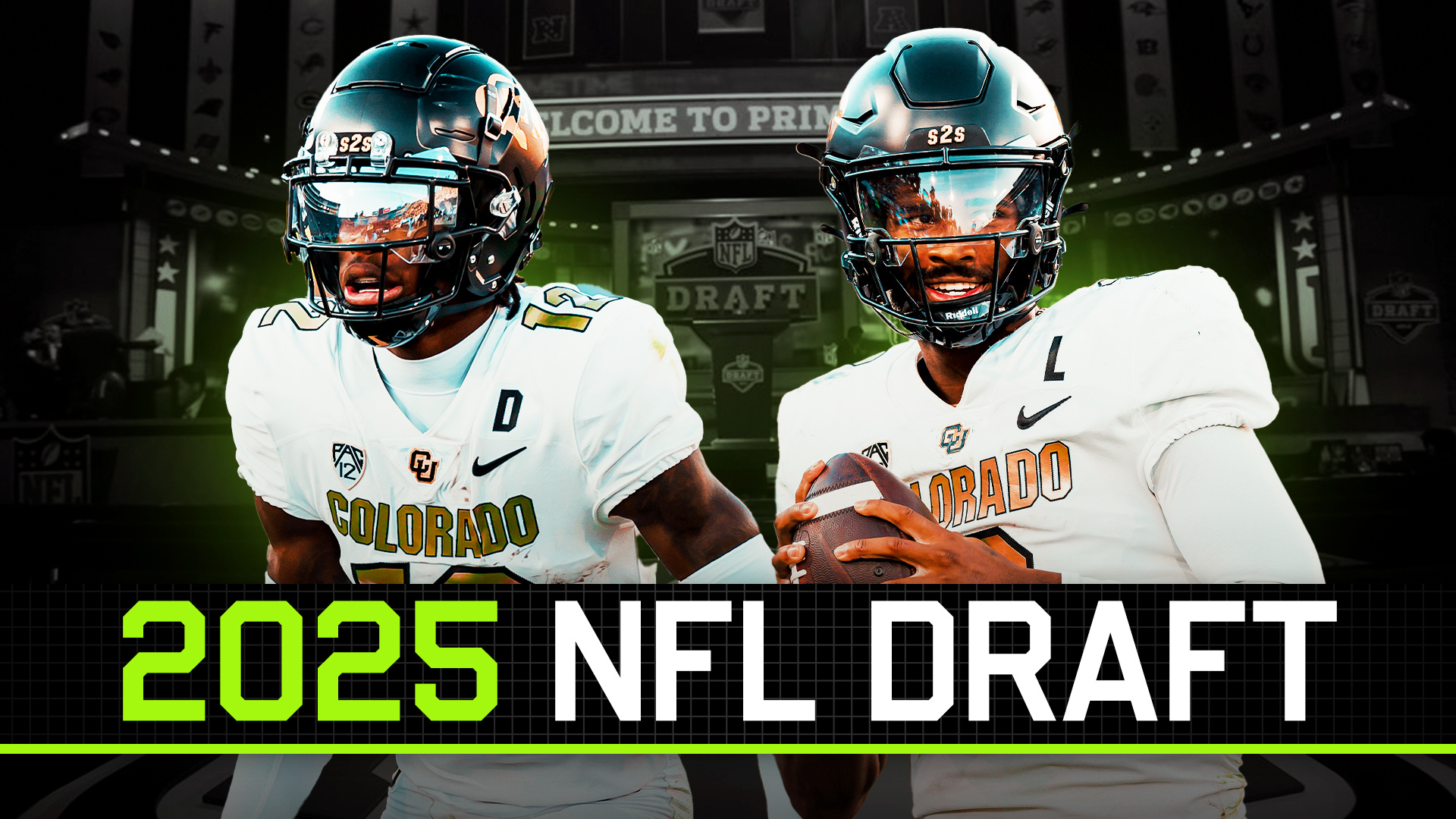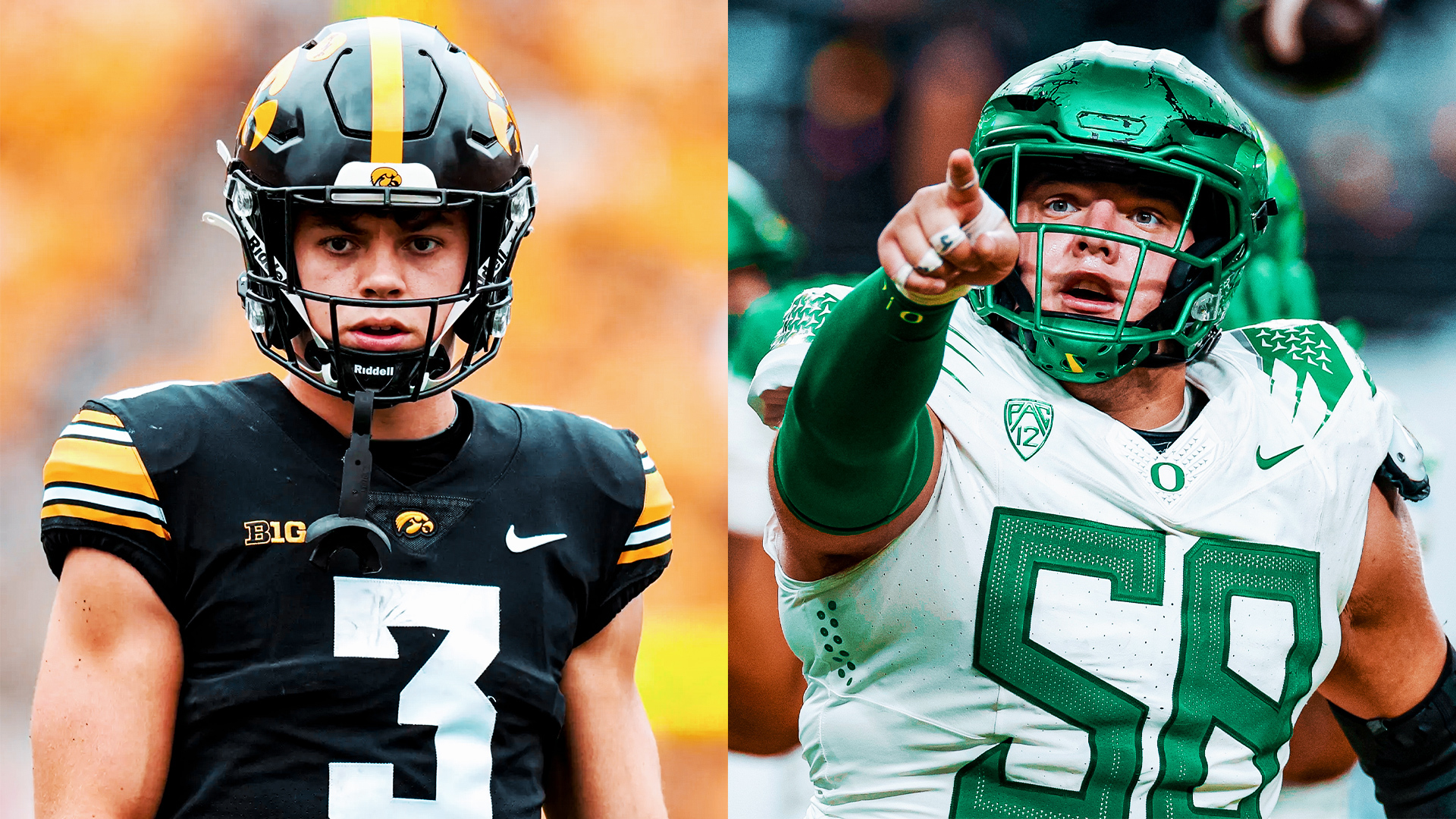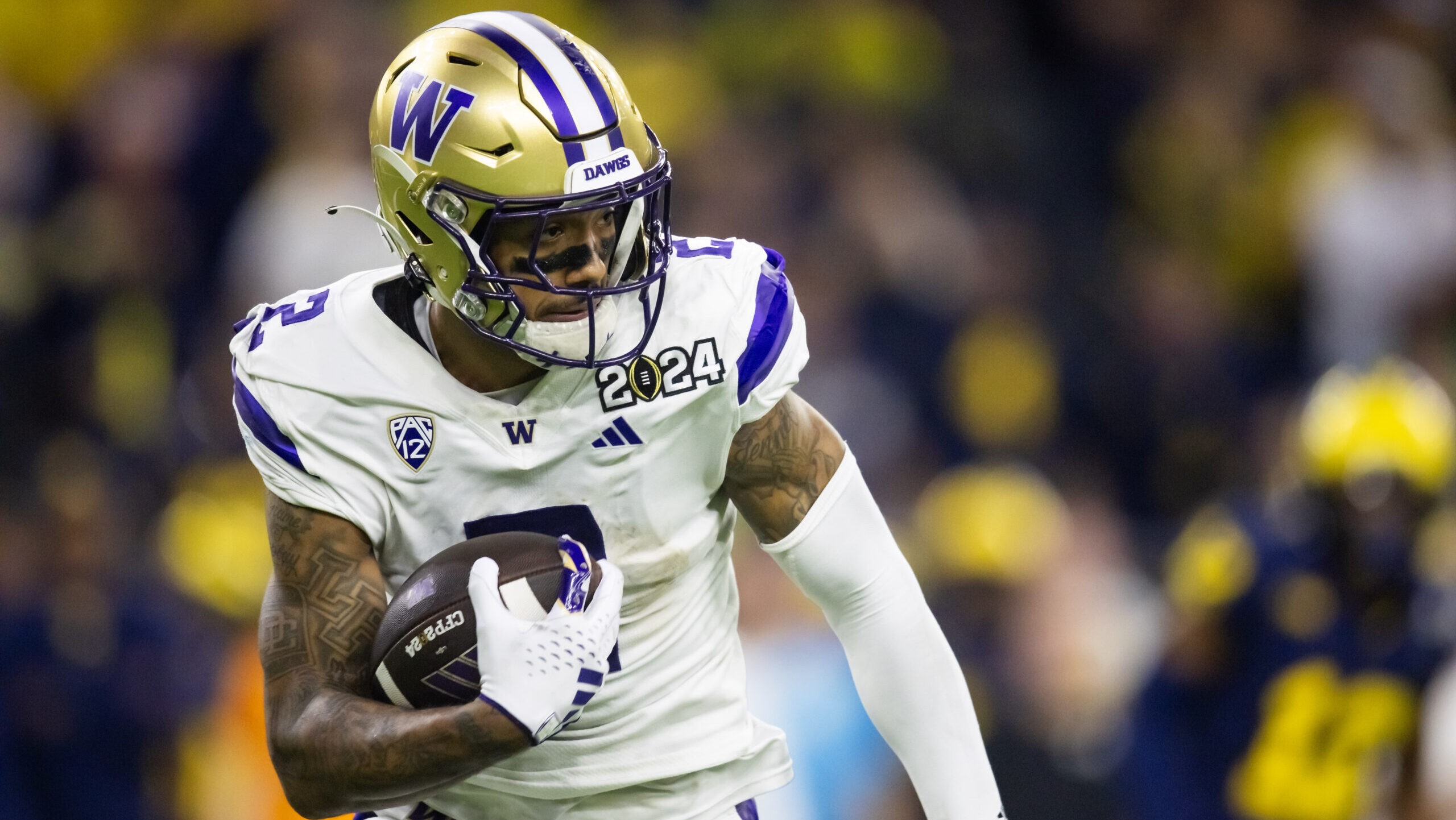Analysis
9/20/23
5 min read
Analyzing NFL Injury Frequency on Grass vs. Turf Fields
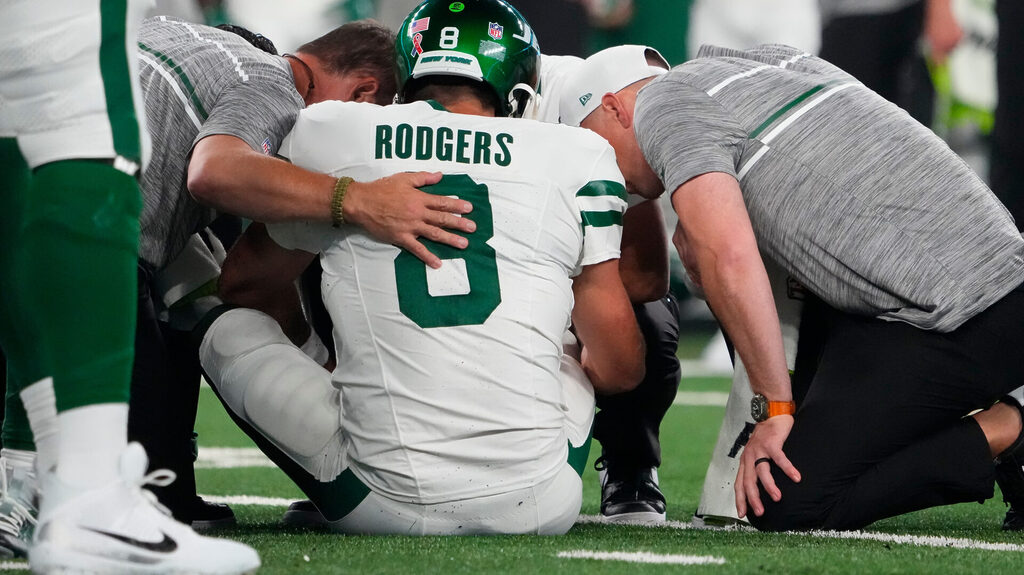
A year ago, SIS released an article looking at the effect of turf on injuries in the NFL. That article included our injury data from 2017-2020 during regular season games and concluded there is an increase in injuries per game on turf compared to grass.
However, there was no evidence of increased non-contact and/or knee injuries when playing on artificial surfaces. Notably, the article found an increase in head injuries in games played on turf.
The fallout of Aaron Rodgers’ season-ending Achilles injury has sparked discussion around this topic again.
NFLPA Executive Lloyd Howell was adamant on his stance on playing surfaces in the NFL, saying, "Moving all stadium fields to high-quality natural grass surfaces is the easiest decision the NFL can make, the players overwhelmingly prefer it, and the data is clear that grass is simply safer than artificial turf. It is an issue that has been near the top of the players' list during my team visits and one I have raised with the NFL."
NFL players have also become vocal on this issue in recent years, with Cooper Kupp, Nick Bosa, Brandin Cooks and others all advocating for natural grass playing surfaces.
SIS now has two more years of injury data, so we can see what has stayed consistent and if there are any new trends when comparing injuries to playing surfaces.
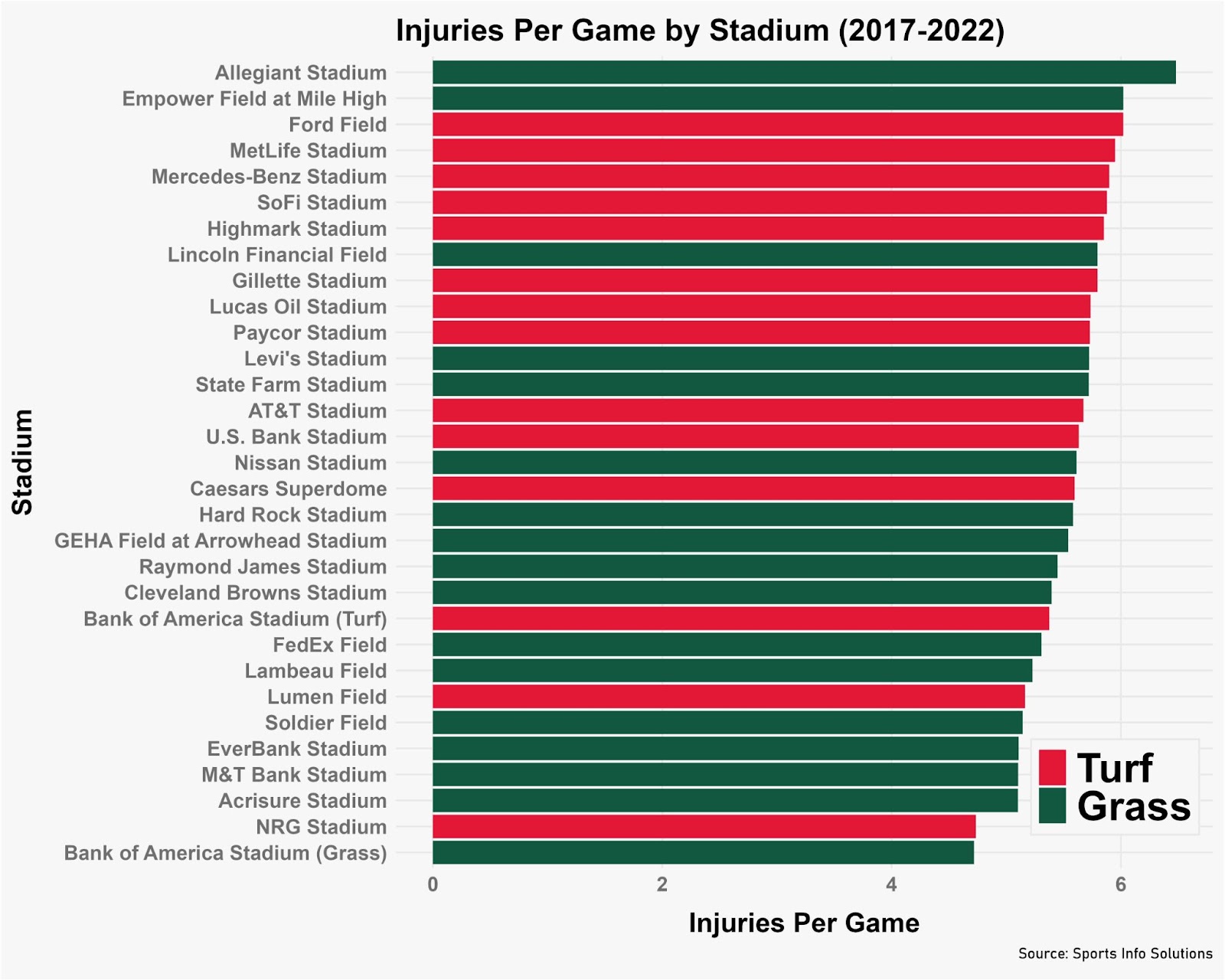
Overall Injury Rates on Grass vs. Turf
When taking every type of on-field injury into account, there are 5.65 injuries per game on turf and 5.39 on grass in the last six seasons, an increase of 4.8 percent. Seven of the top 10 stadiums that produce the most injuries per game are artificial surfaces.
The top two stadiums are natural grass fields. For context, Allegiant Stadium has only a 25-game sample size, as the new Raiders stadium held its first NFL game in 2020.
Every other active stadium has at least 46 games worth of data (besides having to account for two different surfaces on Bank of America Stadium in Charlotte). It will be intriguing to see if Allegiant Stadium stays this high on the list in the future.
The only other natural grass surface in the top five is Empower Field at Mile High in Denver, more than 4,000 feet in elevation above every other stadium in the NFL.
It’s well-known how the body is affected when playing in Denver, and the elevation is potentially more likely to blame for the increase in injuries than the playing surface.
Injury Rates by Body Part, Contact Type
To better understand whether the playing surface has a significant role in these injuries, we must look at how the injuries occur and to what body part.
There is about 3.93 contact with player injuries per game on turf and 3.71 per game on grass, a difference of 5.9 percent. Surprisingly, these injuries account for a large portion of the overall difference.
If we limit our focus of lower-extremity injuries to the knees, ankles and feet, along with non-contact injuries in general, we don’t see a large difference between grass and turf:
| Lower Leg Injuries | Non-contact Injuries | Non-contact Lower Leg Injuries | |
| Turf | 2.39 per game | 0.81 per game | 0.45 per game |
| Grass | 2.35 per game | 0.84 per game | 0.49 per game |
However, if we consider injuries where the playing surface itself can do a lot of the damage, we see a bit of a difference emerge. There is a 7.3 percent increase in injuries due to contact with the ground and a 13.2 percent increase in head injuries (including all contact types):
| Contact with Ground Injuries | Head Injuries (Overall) | |
| Turf | 0.88 per game | 0.86 per game |
| Grass | 0.82 per game | 0.76 per game |
As most of the numbers show, there are more injuries that happen on turf surfaces compared to natural grass, but possibly not for the reasons you would think.
The number of non-contact injuries is slightly higher on grass fields, portraying how unpredictable these injuries are. The contact with the ground and head injuries remain consistent with our previous article and might be the most alarming of the numbers.
Last Word
Travis Kelce has talked on his podcast about the difference he feels in his body when playing on turf.
“Every single step in the fourth quarter, you feel in the knees and in the joints and in the ankles – at least, this is just for me. I hate playing on turf. The ground's harder when you hit it, and some cleats grab more; some cleats sit on top of the turf differently to make it more of an unstable surface.”
The NFLPA, the NFL players and the numbers all point towards natural grass as being a safer, more forgiving surface to play on. So why are almost half of NFL fields still artificial?
Back to Bank of America Stadium — the home of the Carolina Panthers — it originally had grass, and in 2021, management changed the playing surface to turf, except for when the Gold Cup was played there.
In that case, they brought in grass to accommodate soccer players’ wishes.
It makes you wonder: are they going backward? And if you are willing to accommodate Lionel Messi, why wouldn’t you want the same for Bryce Young?


